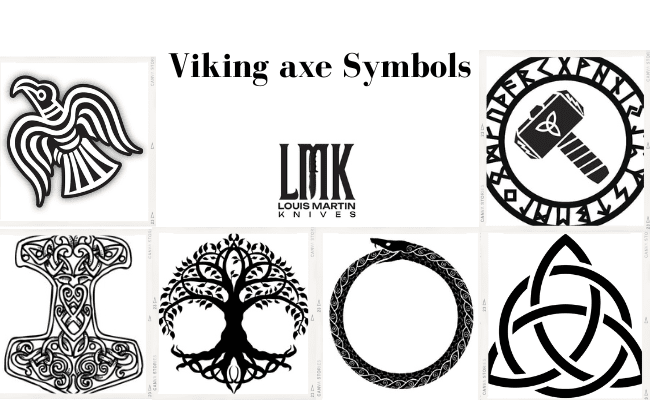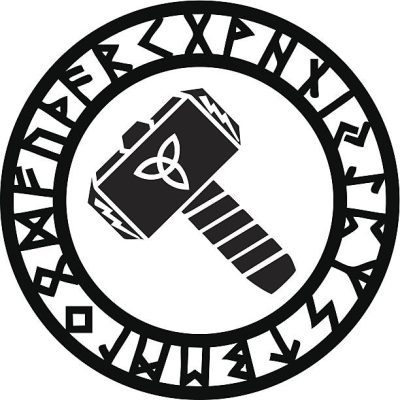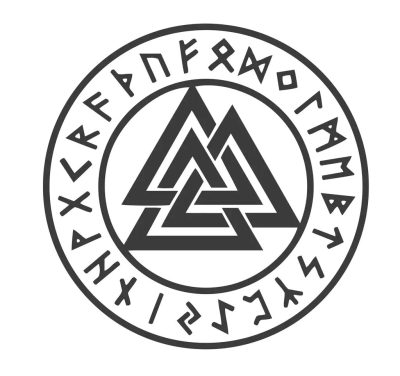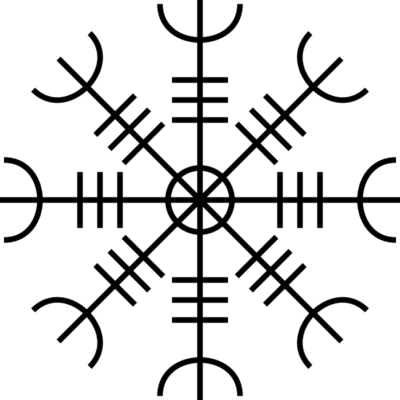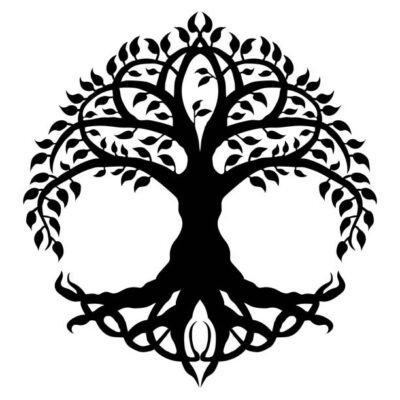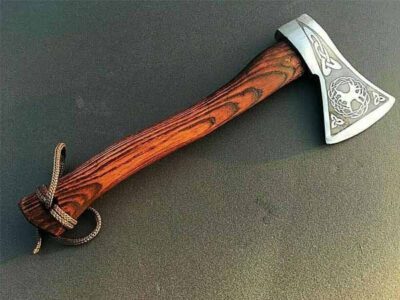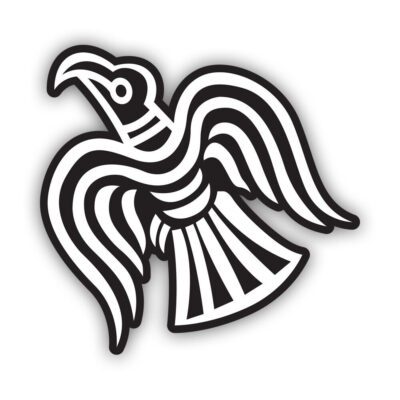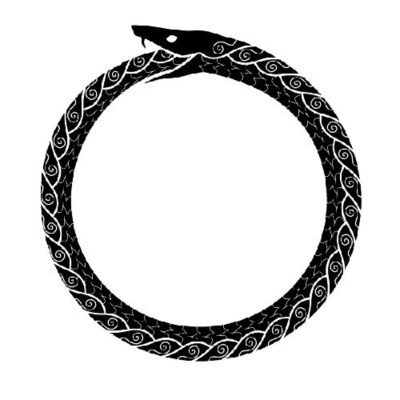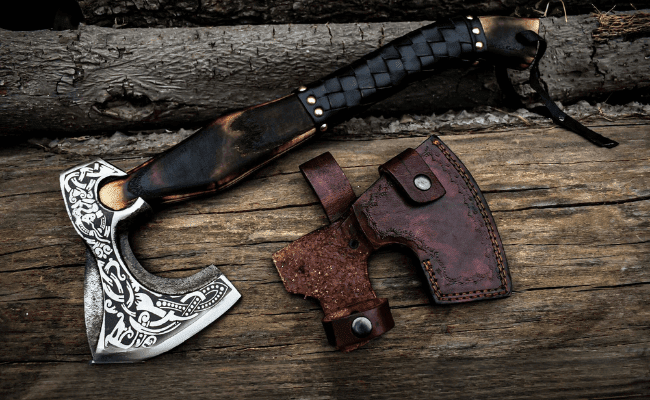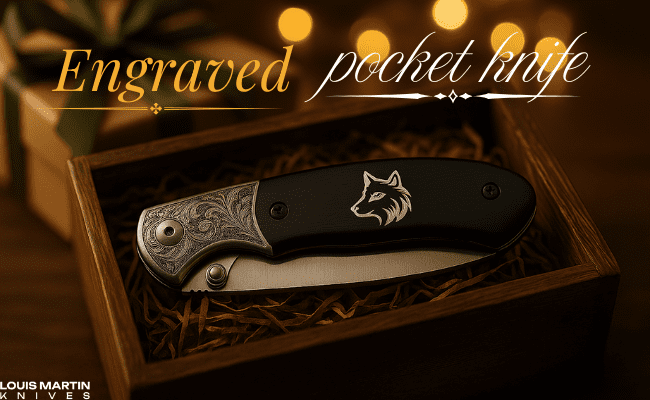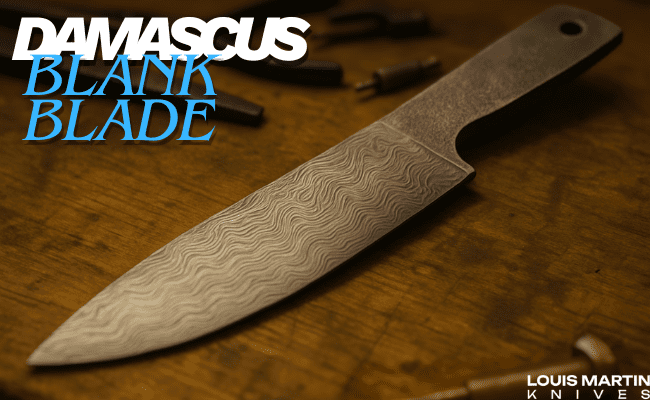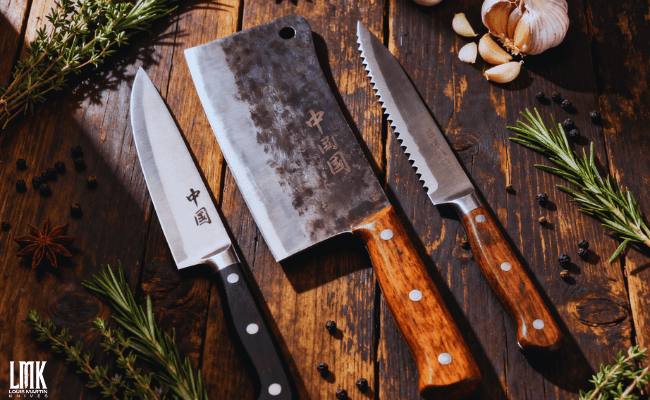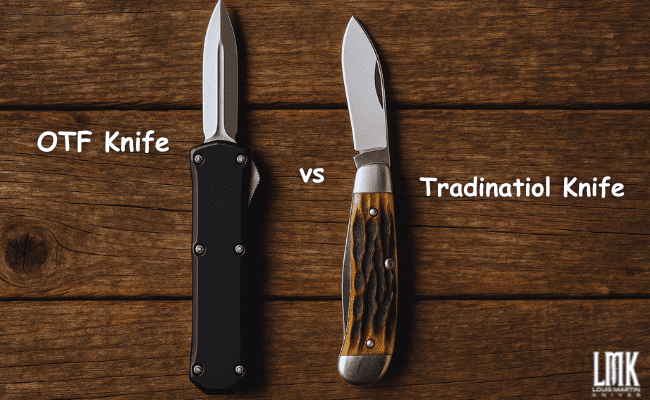Viking culture stands as a testament to a fierce and adventurous spirit, characterized by exploration, conquest, and a deep reverence for symbolism. At the heart of this ancient civilization lies a rich tapestry of symbols, each carrying its significance and meaning. Among these, the Viking axe emerges as a potent emblem of strength, power, and resilience. In this exploration, we will delve into the rich tapestry of Viking culture and the profound significance of symbols, particularly those associated with Viking axes and custom knives These ancient emblems offer a window into the beliefs, values, and aspirations of the Norse people, illuminating their reverence for strength, protection, and the divine.
Symbol 1: Thor’s Hammer
Thor’s Hammer, known as Mjölnir in Norse mythology, stands as a quintessential Viking axe symbol, embodying strength, protection, and divine power. This mighty weapon, wielded by the god Thor, was not merely a tool for battle but a symbol of authority and righteousness. Crafted by the dwarven brothers Sindri and Brokkr, the Viking axe’s hammerhead represented thunder and lightning, evoking fear and respect among foes.
The Viking axe, Mjölnir, was not only a weapon but also a tool for blessings and consecrations, signifying its importance in religious rituals and ceremonies. It was believed to have the power to consecrate marriages, protect homes, and sanctify oaths. As a symbol of Thor’s strength and protection, Viking axe warriors often wore miniature versions of Mjölnir as amulets or pendants, seeking the god’s favor and divine protection in battle and everyday life.
View Our Collection: Axes
Symbol 2: Valknut
The Valknut, also known as the “knot of the slain” or the “knot of the chosen,” is another potent Viking axe symbol deeply ingrained in Norse mythology and culture. This intricate interlocking design, often depicted as three triangles or diamonds, is associated with the god Odin and the concept of Valhalla, the hall of the slain. The Valknut’s connection to Viking axes lies in its representation of Odin’s role as a god of battle and death. It is believed that warriors who died in combat were chosen by Odin to join him in Valhalla, where they would feast and prepare for Ragnarök, the final battle.
The Viking axe, as a symbol of both warfare and honor, aligns closely with the Valknut’s significance. It serves as a reminder of the bravery and sacrifice required in battle, as well as the promise of glory in the afterlife for those who fall in combat. Warriors adorned their weapons and shields with the Valknut symbol, seeking Odin’s favor and protection on the battlefield.
Symbol 3: Helm of Awe (Aegishjalmur)
As its name suggests, the Helm of Awe is a symbol of awe-inspiring power and protection. Depicted as a series of intersecting lines radiating outward from a central point, it was believed to instill fear in one’s enemies and imbue the wearer with invincibility. In Viking culture, warriors would often inscribe this symbol on their shields or carve it into their helmets before battle, invoking its potent magic to bolster their resolve. Today, the Helm of Awe serves as a reminder of the strength that lies within us, encouraging us to face our fears head-on.
Symbol 4: Tree of Life (Yggdrasil)
At the heart of Norse cosmology stands Yggdrasil, the World Tree, whose branches extend to the heavens and whose roots delve deep into the earth. Serving as a conduit between the nine realms of existence, it symbolizes the interconnectedness of all things and the cyclical nature of life. In Viking axe mythology, Yggdrasil is a source of wisdom and nourishment, offering solace to those who seek its guidance. As a symbol of life, death, and rebirth, it reminds us of the eternal cycle of existence and the enduring legacy we leave behind.
Raven (Hugin and Munin)
The symbol of the Raven, embodied by the legendary duo Hugin and Munin, holds a special place in Norse mythology and Viking symbolism. Hugin and Munin, whose names translate to “thought” and “memory” respectively, were the two ravens that accompanied the Norse god Odin. These wise and mystical birds served as Odin’s messengers, flying across the realms of Midgard and Asgard to gather information and knowledge.
In Viking culture, the Raven symbolizes wisdom, knowledge, and foresight. Hugin and Munin’s ability to traverse great distances and bring back valuable insights epitomizes the pursuit of wisdom and the importance of learning in Norse society. The Raven’s presence in Viking lore also symbolizes Odin’s relentless pursuit of knowledge and his willingness to sacrifice for the greater good.
Symbol 6: Axe Cross (Mjölnir)
The Axe Cross, commonly known as Mjölnir, is an iconic Viking axe symbol representing strength, protection, and courage. This symbol takes the form of a cross with arms that resemble the head of an axe, symbolizing both the weapon and the thunder god Thor’s legendary hammer.
In Viking culture, Mjölnir was more than just a symbol; it was a sacred artifact imbued with divine power. Thor, the god of thunder, wielded Mjölnir as his primary weapon, using it to protect Asgard and Midgard from threats both mortal and supernatural. The Viking axe, being a tool of war and craftsmanship, embodies the same qualities of strength and protection associated with Mjölnir.
Symbol 7: Serpent (Jormungandr)
The symbol of the Wolf, epitomized by the fearsome Fenrir in Norse mythology, holds profound significance in Viking culture and symbolism. Fenrir, a monstrous wolf and the offspring of the trickster god Loki was feared by both gods and mortals alike for his immense strength and ferocity.
In Viking lore, the Wolf symbolizes power, cunning, and primal instincts. Fenrir’s relentless pursuit of freedom and his role in Ragnarök, the cataclysmic end of the world, underscores the wolf’s association with chaos and destruction. However, the wolf also embodies resilience and survival instincts, as Fenrir’s defiance against fate symbolizes the indomitable spirit of the Norse people.
Conclusion
In the tapestry of Viking axe symbolism, the axe stands as a potent emblem of strength, courage, and resilience. Through these seven powerful symbols, we glimpse the rich tapestry of Norse mythology and the enduring legacy of a civilization forged in the fires of conquest and exploration. As we reflect on their meanings and significance, may we find inspiration to embrace our inner warriors and carve out our paths in life?
